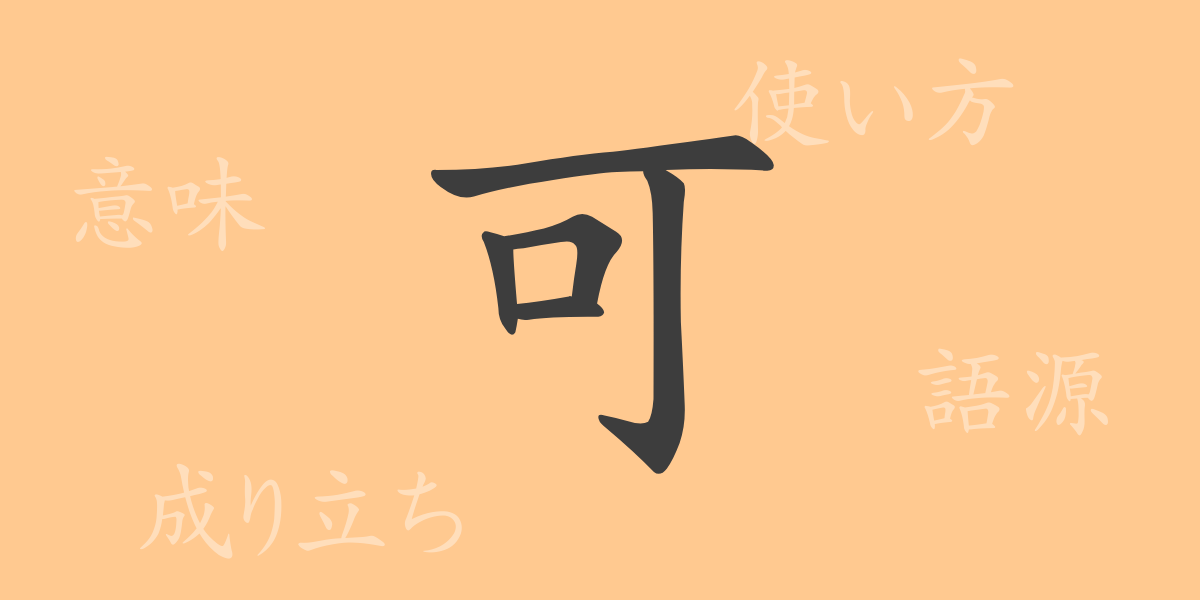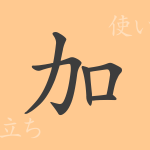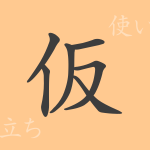“
The meaning and history behind each character are fascinating when it comes to understanding the background of words. The common Japanese kanji “”可”” (Ka) is frequently used in daily life, but we may not often have the opportunity to deeply consider its origin and diverse usage. In this article, we will explore the profound world of this single character, from the origin of “”可”” (Ka) to its meaning, usage, and even compound words and idioms.
The Origin (Etymology) of 可 (Ka)
The original form of the kanji “”可”” (Ka) can be seen in ancient Chinese oracle bone script. Initially, it had the shape of two mouths facing each other, and it was used as a pictograph meaning conversation or dialogue. As time passed, this character came to hold meanings such as “”permission”” and “”possibility”” and began to be used in various contexts.
The Meaning and Usage of 可 (Ka)
In modern Japanese, the meaning of “”可”” (Ka) is mainly used with the connotations of “”being permitted”” or “”being possible.”” It is also used as a suffix connecting to adjectives or verbs, indicating a state where something can be executed or is allowed, such as in the forms “”〜可能”” (Kanō, possible) or “”〜許可”” (きょか, kyoka, permission).
Reading, Stroke Count, and Radical of 可 ( Ka)
The kanji “”可”” (Ka) also provides basic knowledge in its reading and structure.
- Reading: The on’yomi reading is “”か”” (Ka), and the kun’yomi readings can be “”-べ.き”” (-Be.ki) or “”-べ.し”” (-Be.shi).
- Stroke Count: “”可”” (か, ka) consists of 5 strokes.
- Radical: Its radical is “”口”” (Kuchi), which is convenient for searching in kanji dictionaries.
Idioms, Phrases, and Proverbs Using 可 (Ka) and Their Meanings
The meaning of the kanji “”可”” (Ka) is reflected in the compound words, idioms, and proverbs that contain it. For example, “”可愛い”” (Kawai-i) is widely used to mean “”lovely,”” and “”可決”” (Kaketsu) is used in the context of law or resolutions, meaning “”to permit a decision.”” There are also many other expressions frequently used in daily life, such as “”不可欠”” (Fukaketsu, indispensable) and “”可否”” (Kahi, propriety).
Summary of 可 (Ka)
The kanji “”可”” (Ka) has continuously evolved in its form and meaning from ancient times to the present. Its value is immeasurable not only as a mere character but also as a symbol that tells the story of cultural and linguistic evolution. By understanding this indispensable kanji in Japanese communication, you can acquire richer expressive power.
“

























